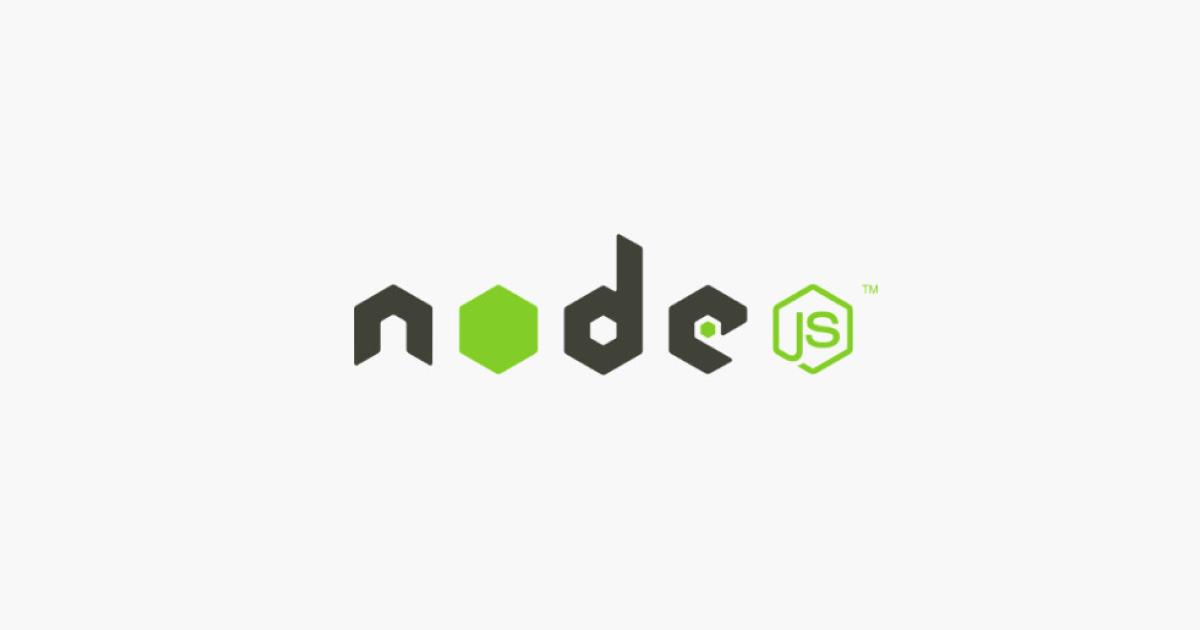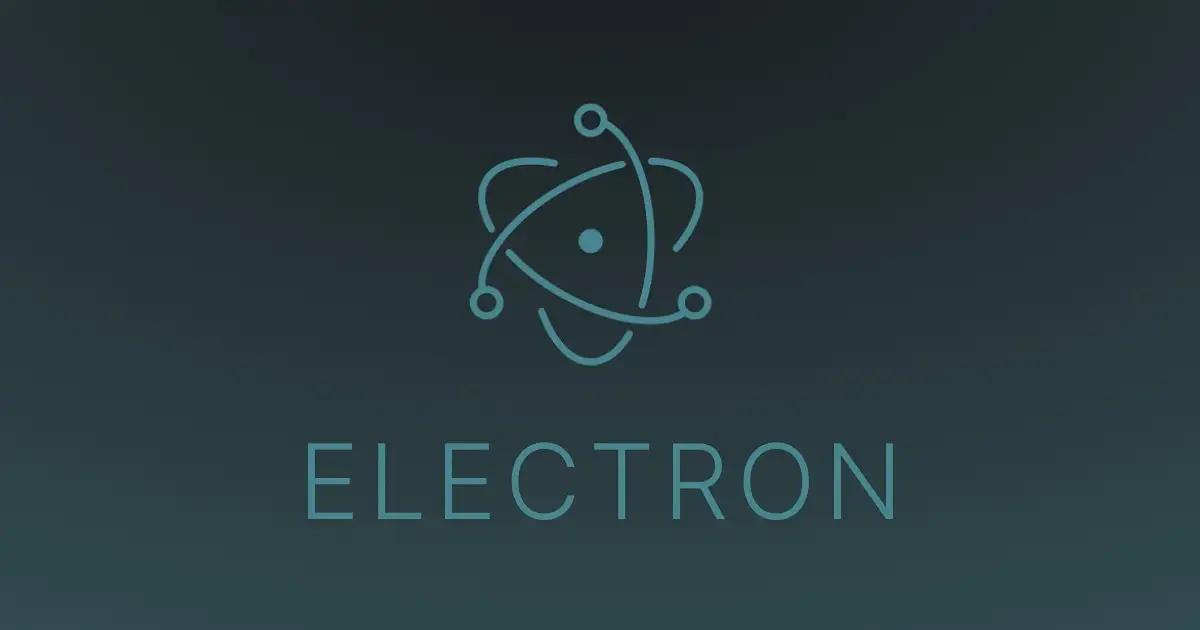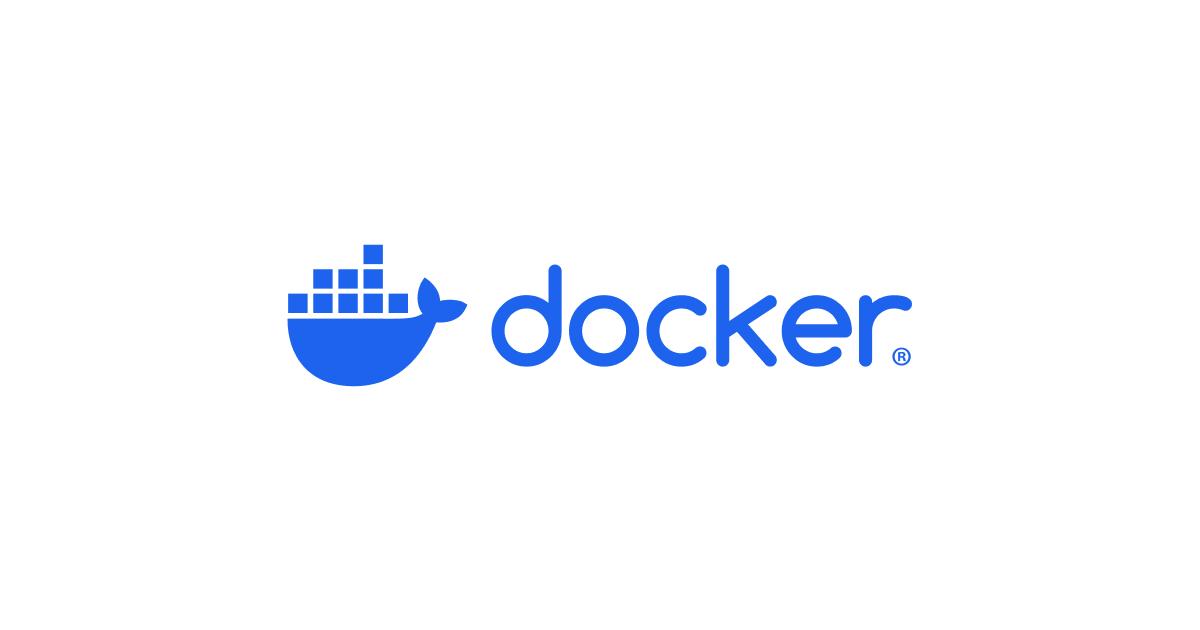【対処法】Cursorで発生する「We're having trouble connecting to the model provider...」エラーの原因と対応

Cursor で開発作業中に「We're having trouble connecting to the model provider. This might be temporary - please try again in a moment.」というエラーメッセージが表示されて作業が止まってしまった経験はありませんか?
このエラーは AI ペアプログラミングの核心機能が使えなくなる深刻な問題です。特に締切が迫っているプロジェクトで発生すると、開発効率に大きな影響を与えてしまいます。今回は、フォーラムの実際の報告事例に基づいた効果的な解決策をお伝えします。
エラー概要
このメッセージは Cursor → モデル API(OpenAI/Anthropic など)間のエンドポイント通信に失敗 したときに発火します。再試行が内部で数回行われたのちに UI がブロックされるため、単なるタイムアウトより重い状態です。
重要な特徴
- Cursor Community Forum では v0.47.8 以降で報告急増との指摘があります
- 再起動だけで改善した例も少なくありません
- Agent 機能で特に頻発する傾向があります
- Request ID が表示されるため、サポートへの問い合わせが容易です
typescript// エラーの典型的な表示例
interface CursorConnectionError {
message: "We're having trouble connecting to the model provider. This might be temporary - please try again in a moment.";
requestId: string; // 例: "9ca50e15-b57e-4be5-8ae7-52cd2e68b181"
timestamp: Date;
affectedFeatures: ['Agent', 'Chat', 'Edit'] | ['Agent']; // 機能依存
}
発生要因の切り分け
問題の根本原因を効率的に特定するため、以下の切り分け表を活用してください:
| # | 要因 | 主な症状 | 一次チェック | 参考 |
|---|---|---|---|---|
| 1 | ネットワーク遮断 | どのモデルも失敗 | 同じ PC から curl https://api.openai.com/v1/models | プロキシ・ファイアウォール設定確認 |
| 2 | 認証トークン失効/過負荷 | 401 or 429 in devtools | .cursor-config.json の API Key / 使用量 | API キーのローテーション・利用制限確認 |
| 3 | モデル側障害 | Status ページで incident | OpenAI Status | プロバイダーの障害情報・メンテナンス予告 |
| 4 | MCP サーバー競合 | Agent だけ失敗、Chat は OK | MCP をすべて無効化して再試行 | Slack/Notion 連携時の競合・MCP 設定の見直し |
| 5 | 拡張機能競合 | 0.50.x 以降で頻発 | Intellicode 系を削除 → 再起動 | VS Code 拡張との衝突・Cursor 固有拡張の優先度設定 |
診断の補足ポイント
bash# ネットワーク疎通の基本確認
yarn dlx curl -I https://api.openai.com/v1/models
yarn dlx curl -I https://api.anthropic.com/v1/health
# レスポンス例(正常時)
HTTP/2 200
server: nginx
date: Fri, 25 Oct 2024 12:00:00 GMT
# レスポンス例(エラー時)
curl: (7) Failed to connect to api.openai.com port 443: Connection refused
環境依存の再現条件
特定の環境でのみ発生するパターンを理解することで、効果的な対策を講じることができます:
企業環境での制約
- 企業プロキシ/SSL インスペクション下でのみ再現するケース
- 社内セキュリティポリシーにより AI API への直接通信が制限されている
- 証明書チェーンの検証エラーが発生
json// 企業プロキシ環境の設定例
{
"http.proxy": "http://proxy.company.com:8080",
"https.proxy": "http://proxy.company.com:8080",
"http.proxyStrictSSL": false,
"cursor.network.enableProxySupport": true,
"cursor.network.strictSSL": false
}
VPN 接続時の問題
- VPN 経由接続時だけ 100% 失敗するパターン
- 特定の VPN サーバーでの DNS 解決失敗
- 地理的制限による API アクセス拒否
Agent モード特有の問題
- Agent モード(Slack/Notion など MCP 連携)だけ落ちるケースも報告されています
- 複数の外部サービスとの同時接続により負荷増大
- MCP プロトコルのバージョン不整合
yaml# 環境依存の診断チェックリスト
network_environment:
corporate_proxy:
- check: 'プロキシ設定の確認'
- test: 'curl --proxy proxy.company.com:8080 https://api.openai.com'
vpn_connection:
- check: 'VPN 切断時の動作確認'
- test: 'VPN なしで同じ操作を実行'
mcp_integration:
- check: 'MCP サービスの個別無効化'
- test: 'Agent 機能の段階的テスト'
接続経路の診断手順
問題の所在を正確に特定するため、以下の手順で段階的に診断を行います:
bash# 1) ポート 443 疎通確認
yarn dlx nc -vz api.openai.com 443
yarn dlx nc -vz api.anthropic.com 443
# 成功例: Connection to api.openai.com port 443 [tcp/https] succeeded!
# 失敗例: nc: connect to api.openai.com port 443 (tcp) failed: Connection refused
# 2) トレースルートでプロキシ停止を確認
yarn dlx traceroute api.openai.com | head -n 12
# 企業環境での典型的な出力例
# 1 192.168.1.1 (192.168.1.1) 1.123 ms
# 2 proxy.company.com (10.0.0.1) 5.234 ms
# 3 * * * ← ここで止まる場合はプロキシ設定要確認
# 3) API キー検証
export OPENAI_API_KEY="sk-..." # 自分のキーを設定
yarn dlx curl https://api.openai.com/v1/models \
-H "Authorization: Bearer $OPENAI_API_KEY" \
-H "Content-Type: application/json"
# 200 が戻れば認証 OK
# 401 の場合: API キー無効または失効
# 429 の場合: レート制限に到達
高度な診断テクニック
bash# DNS 解決の確認
yarn dlx dig api.openai.com A
yarn dlx nslookup api.anthropic.com
# SSL/TLS ハンドシェイクの検証
yarn dlx openssl s_client -connect api.openai.com:443 -servername api.openai.com
# プロキシ経由での接続テスト
yarn dlx curl -x http://proxy.company.com:8080 \
-H "Authorization: Bearer $OPENAI_API_KEY" \
https://api.openai.com/v1/models
# タイムアウト値の調整テスト
yarn dlx curl --connect-timeout 30 --max-time 60 \
https://api.openai.com/v1/models
問題の段階が判明したら、以下の対処へ進みます。
一時的回避策と恒久対策
実際のフォーラム報告事例に基づく効果的な対処法を優先度順に整理しました:
| # | 対処 | 種別 | 効果 | 実行手順 |
|---|---|---|---|---|
| 1 | Cursor 再起動 → PC 再起動 | 一時 | フォーラムの多数事例で即復旧 | Cursor 完全終了 → PC 再起動 → Cursor 起動 |
| 2 | モデル切替(4o ⇄ 3.7 ⇄ Gemini) | 一時 | 特定リージョン障害の回避 | Settings → Models → 別プロバイダーを選択 |
| 3 | MCP をいったん全無効化 | 恒久 | Agent の競合回避 | Settings → MCP → すべて Disable |
| 4 | Intellicode/AI 拡張を再インストール | 恒久 | 0.50.x 以降の衝突解消 | Extensions → Intellicode 削除 → Cursor 再起動 → 再インストール |
| 5 | 443/DPI 例外を社内 FW に追加 | 恒久 | ネットワーク遮断の根本解決 | IT 部門に _.openai.com, _.anthropic.com の許可申請 |
| 6 | API キーを半期ローテーション | 恒久 | 失効・漏洩リスク低減 | OpenAI Dashboard → API Keys → Revoke & Regenerate |
詳細な実行手順
1. 完全再起動の手順
bash# Windows
taskkill /F /IM cursor.exe
taskkill /F /IM "Cursor*.exe"
# macOS
pkill -f cursor
pkill -f Cursor
# プロセス確認
# Windows: tasklist | findstr cursor
# macOS: ps aux | grep cursor
# キャッシュクリア(再起動前に実行)
# Windows: rmdir /s /q "%APPDATA%\Cursor\User\CachedData"
# macOS: rm -rf ~/Library/Application\ Support/Cursor/User/CachedData
2. モデル切替の具体的操作
typescript// 設定変更の例
interface ModelSwitchingStrategy {
primary: 'gpt-4o' | 'claude-3.5-sonnet';
fallback1: 'gpt-3.5-turbo' | 'claude-3-haiku';
fallback2: 'gemini-pro' | 'deepseek-coder';
autoSwitch: boolean; // 接続失敗時の自動切替
}
const emergencyConfig: ModelSwitchingStrategy = {
primary: 'gpt-3.5-turbo', // 安定性重視
fallback1: 'claude-3-haiku', // 高速レスポンス
fallback2: 'gemini-pro', // 別プロバイダー
autoSwitch: true,
};
3. MCP 無効化の段階的アプローチ
json// .cursor/mcp-config.json での段階的無効化
{
"mcpServers": {
"slack": { "enabled": false }, // 1. 外部通信が多いものから
"notion": { "enabled": false }, // 2. 認証が複雑なもの
"github": { "enabled": true }, // 3. ローカル系は最後まで維持
"filesystem": { "enabled": true }
},
"debugMode": true, // 問題特定のため一時的に有効化
"logLevel": "verbose"
}
予防と運用ベストプラクティス
長期的に安定した Cursor 環境を維持するための運用手法をご紹介します:
自動疎通監視システム
python#!/usr/bin/env python3
# cursor_health_monitor.py
import requests
import time
import json
import os
from datetime import datetime
class CursorHealthMonitor:
def __init__(self):
self.endpoints = {
'openai': 'https://api.openai.com/v1/models',
'anthropic': 'https://api.anthropic.com/v1/health',
'deepseek': 'https://api.deepseek.com/v1/models'
}
def check_endpoint(self, name, url):
"""5分ごとに curl -I を実行し失敗時は Slack Webhook で通知"""
try:
start_time = time.time()
response = requests.head(url, timeout=10)
response_time = time.time() - start_time
if response.status_code == 200:
print(f"✅ {name}: {response_time:.2f}s")
return True
else:
self.send_alert(f"❌ {name}: HTTP {response.status_code}")
return False
except Exception as e:
self.send_alert(f"🚨 {name}: Connection failed - {str(e)}")
return False
def send_alert(self, message):
"""Slack Webhook で通知"""
webhook_url = os.getenv('SLACK_WEBHOOK_URL')
if webhook_url:
payload = {
'text': f"Cursor Health Alert: {message}",
'username': 'cursor-monitor'
}
requests.post(webhook_url, json=payload)
# cron で 5分間隔実行
# */5 * * * * cd /path/to/script && python3 cursor_health_monitor.py
MCP 段階的ロールアウト戦略
yaml# mcp-rollout-strategy.yml
deployment_phases:
phase1_pilot:
target_users: 10% # チームの10%ユーザーでA/Bテスト
duration: 1_week
rollback_trigger: error_rate > 5%
phase2_gradual:
target_users: 50%
duration: 2_weeks
monitoring: enhanced_logging
phase3_full:
target_users: 100%
success_criteria: error_rate < 1%
mcp_compatibility_matrix:
slack_mcp:
compatible_versions: ['v1.2.0', 'v1.2.1']
known_issues: ['concurrent_request_limit']
notion_mcp:
compatible_versions: ['v2.0.0']
known_issues: ['auth_token_refresh']
Cursor バージョン固定運用
json// package.json での version pinning
{
"devDependencies": {
"cursor": "0.49.3" // 安定版固定
},
"scripts": {
"cursor": "yarn dlx cursor@0.49.3",
"cursor-update": "yarn dlx cursor@latest --version-check",
"cursor-rollback": "yarn dlx cursor@0.49.3 --force-install"
},
"cursor-config": {
"auto-update": false,
"version-lock": "0.49.3",
"update-channel": "stable"
}
}
レート制限モニタリングダッシュボード
python# openai_usage_monitor.py - OpenAI Usage API を Grafana に可視化
import openai
import psycopg2
from datetime import datetime, timedelta
class UsageMonitor:
def __init__(self):
self.client = openai.OpenAI()
def collect_usage_metrics(self):
"""使用量データを収集してデータベースに保存"""
end_date = datetime.now()
start_date = end_date - timedelta(days=1)
try:
usage = self.client.usage.completions(
start_date=start_date.strftime("%Y-%m-%d"),
end_date=end_date.strftime("%Y-%m-%d")
)
# PostgreSQL に保存(Grafana で可視化)
self.save_to_db({
'timestamp': datetime.now(),
'total_requests': usage.total_usage.total_requests,
'total_tokens': usage.total_usage.total_tokens,
'cost_usd': usage.total_usage.total_cost
})
# 異常スパイク検知
if usage.total_usage.total_requests > 10000: # 閾値
self.trigger_pagerduty_alert(usage)
except Exception as e:
print(f"Usage monitoring failed: {e}")
def trigger_pagerduty_alert(self, usage_data):
"""異常スパイクで PagerDuty 発報"""
# PagerDuty Events API への送信
pass
まとめ
本エラーは「通信経路」「認証」「モデル障害」「MCP・拡張衝突」の 4 象限で切り分けると再現・解決が容易です。
推奨解決フロー
- まずは再起動とモデル切替を試す(80% のケースで即解決)
- 改善しなければ MCP・拡張を無効化(競合の排除)
- それでも不可ならネットワークとステータスを確認(インフラ起因の特定)
この順序で多くのユーザーが復旧を報告しています。Cursor Community Forum の実際の事例では、90 分の待機で自然復旧したケースや、単純な再起動で即座に解決した報告が多数確認されています。
恒久対策の重要性
- プロキシ例外設定:企業環境での安定運用
- API キー管理:セキュリティと可用性の両立
- バージョン管理:予期しない機能追加による影響の回避
- 監視システム:問題の早期発見と自動復旧
これらの対策を徹底することで、安定した AI ペアプログラミング環境を実現できます。開発効率の向上には、技術的な問題解決だけでなく、継続的な運用改善が不可欠ですね。
参考リンク
 article
articleCursor エディタ:キャッシュクリアで動作改善!Windows/Mac での手順とマウスカーソルの直し方
 article
articleCursor コスト最適化:トークン節約・キャッシュ・差分駆動で費用を半減
 article
articleCursor とクリーンアーキテクチャ:層境界を壊さない指示とファイル配置
 article
articleCursor デバッグ指示テンプレ:最小再現・ログ挿入・原因仮説の書き方
 article
articleCursor × Monorepo 構築:Yarn Workspaces/Turborepo/tsconfig path のベストプラクティス
 article
articleGitHub Copilot Workspace と Cursor/Cline の比較検証:仕様駆動の自動化能力はどこまで?
 article
articleNode.js 25.x, 24.x, 22.x, 20.x の脆弱性対応:2025 年 12 月版で修正された 3 件の High Severity 問題の詳細
 article
articleEmotion × Vite の最短構築:開発高速化とソースマップ最適設定
 article
articleLangChain を Serverless へ配備:AWS Lambda/Fly.io/Railway の実装手順
 article
articleYarn PnP 互換性チートシート:loader 設定・patch・packageExtensions の書き方
 article
articleElectron IPC 設計チートシート:チャネル命名・型安全・エラーハンドリング定型
 article
articleDocker セキュアイメージ設計:非 root・最小ベース・Capabilities 削減の実装指針
 blog
blogiPhone 17シリーズの発表!全モデルiPhone 16から進化したポイントを見やすく整理
 blog
blogGoogleストアから訂正案内!Pixel 10ポイント有効期限「1年」表示は誤りだった
 blog
blog【2025年8月】Googleストア「ストアポイント」は1年表記はミス?2年ルールとの整合性を検証
 blog
blogGoogleストアの注文キャンセルはなぜ起きる?Pixel 10購入前に知るべき注意点
 blog
blogPixcel 10シリーズの発表!全モデル Pixcel 9 から進化したポイントを見やすく整理
 blog
blogフロントエンドエンジニアの成長戦略:コーチングで最速スキルアップする方法
 review
review今の自分に満足していますか?『持たざる者の逆襲 まだ何者でもない君へ』溝口勇児
 review
reviewついに語られた業界の裏側!『フジテレビの正体』堀江貴文が描くテレビ局の本当の姿
 review
review愛する勇気を持てば人生が変わる!『幸せになる勇気』岸見一郎・古賀史健のアドラー実践編で真の幸福を手に入れる
 review
review週末を変えれば年収も変わる!『世界の一流は「休日」に何をしているのか』越川慎司の一流週末メソッド
 review
review新しい自分に会いに行こう!『自分の変え方』村岡大樹の認知科学コーチングで人生リセット
 review
review科学革命から AI 時代へ!『サピエンス全史 下巻』ユヴァル・ノア・ハラリが予見する人類の未来